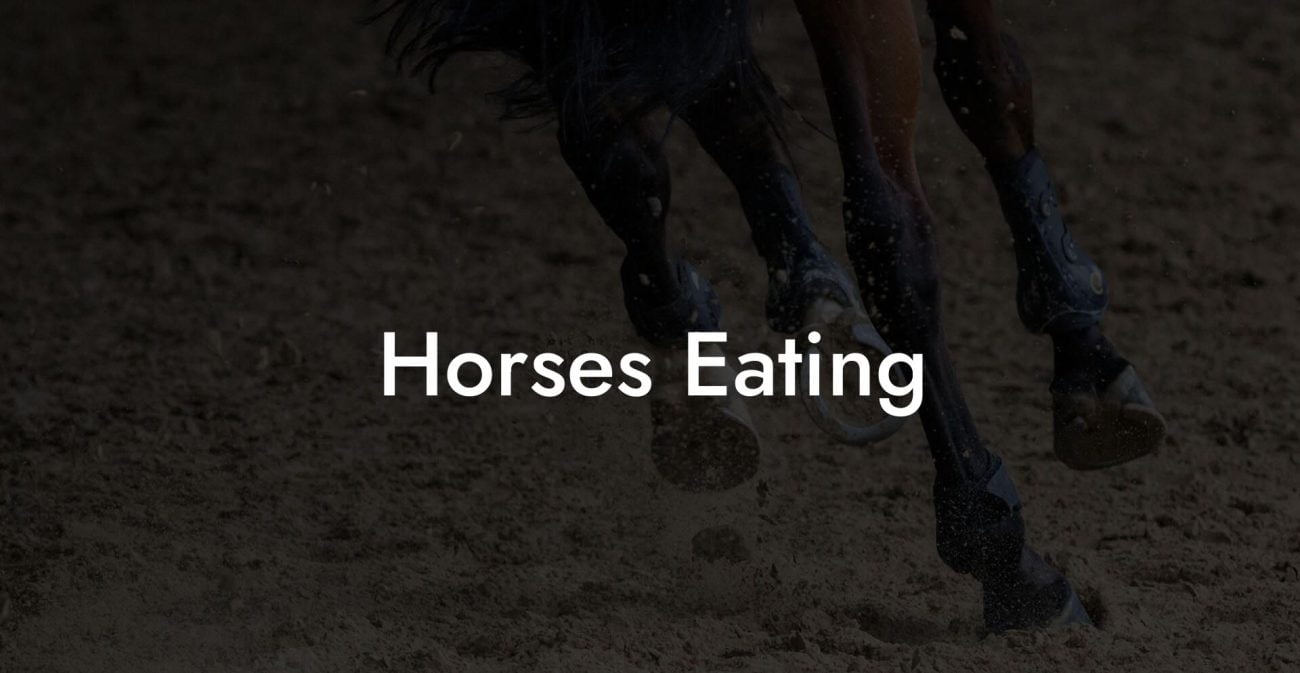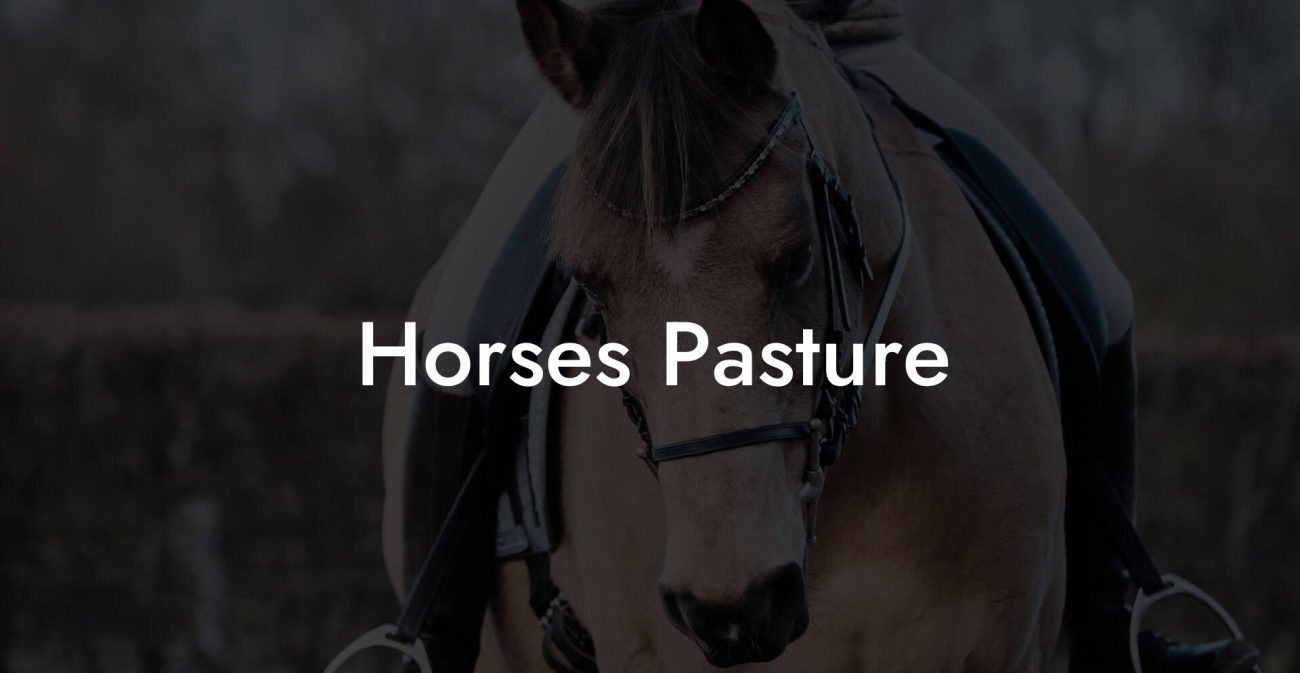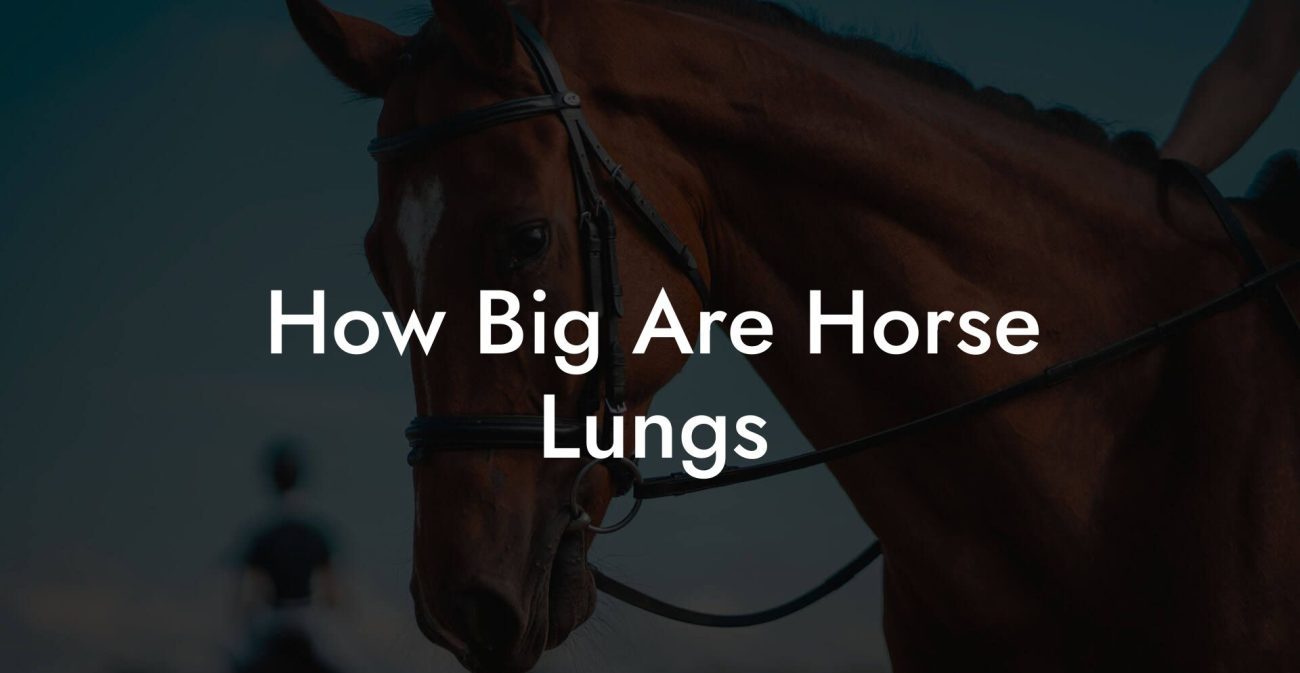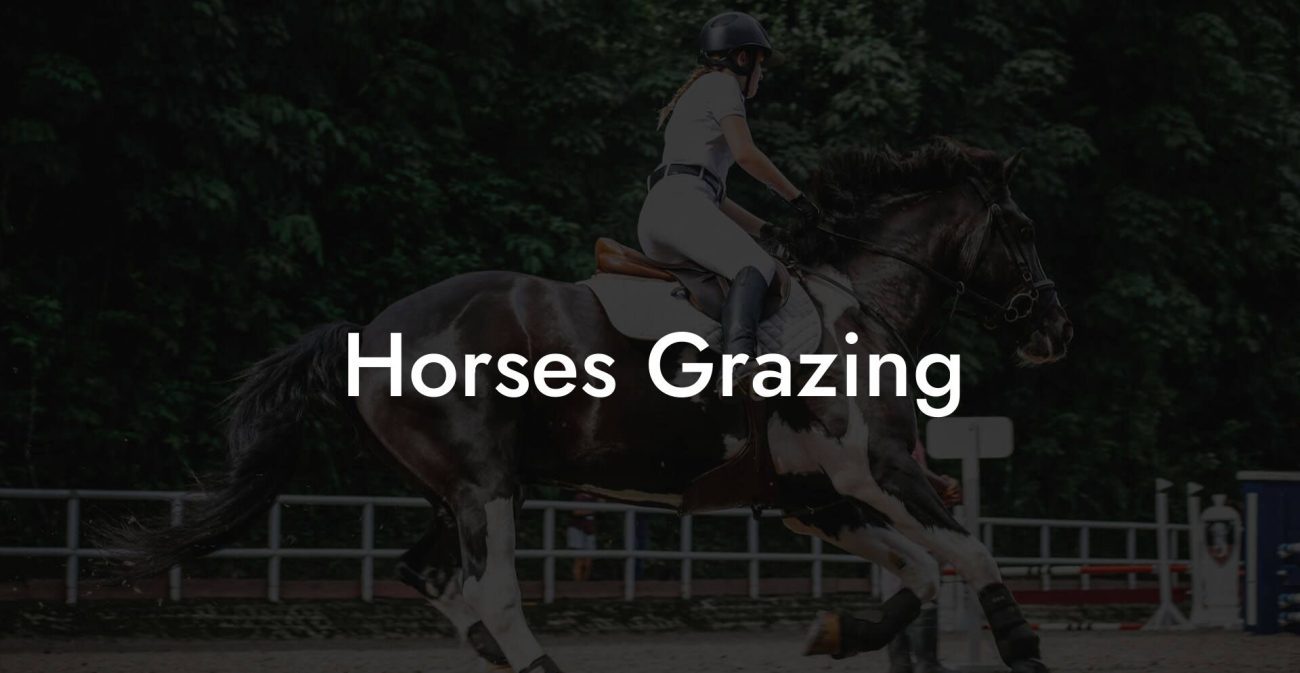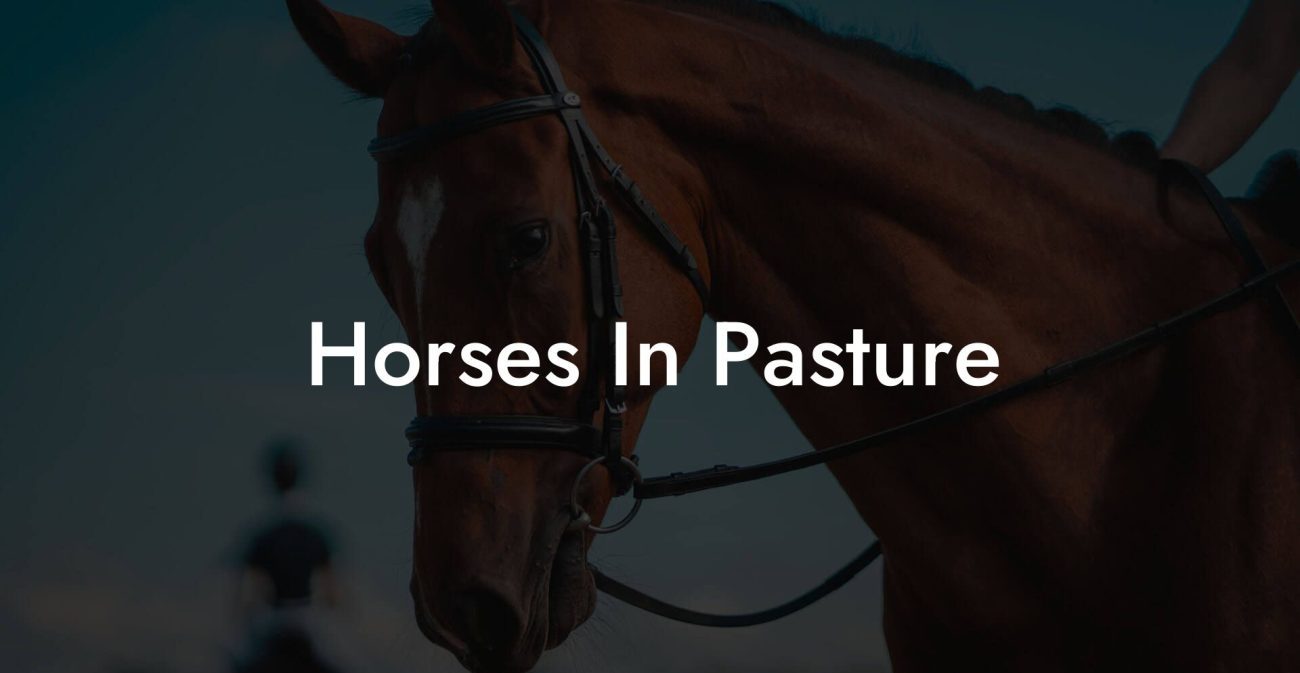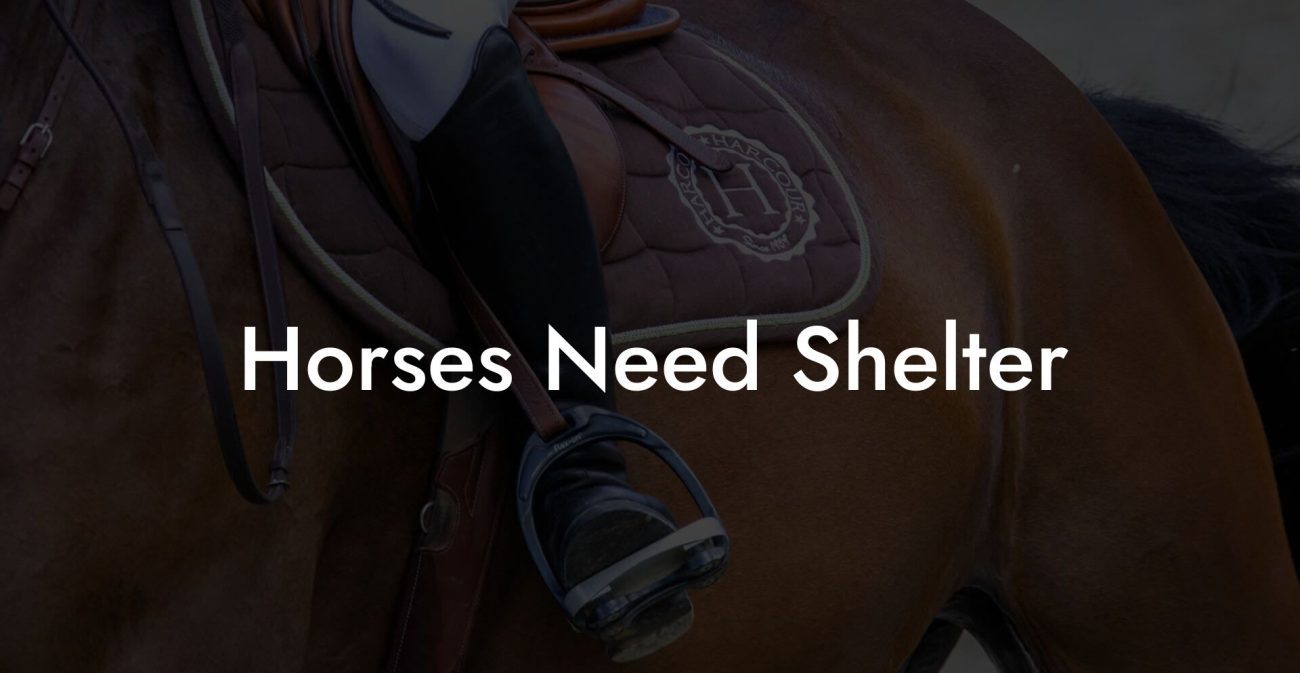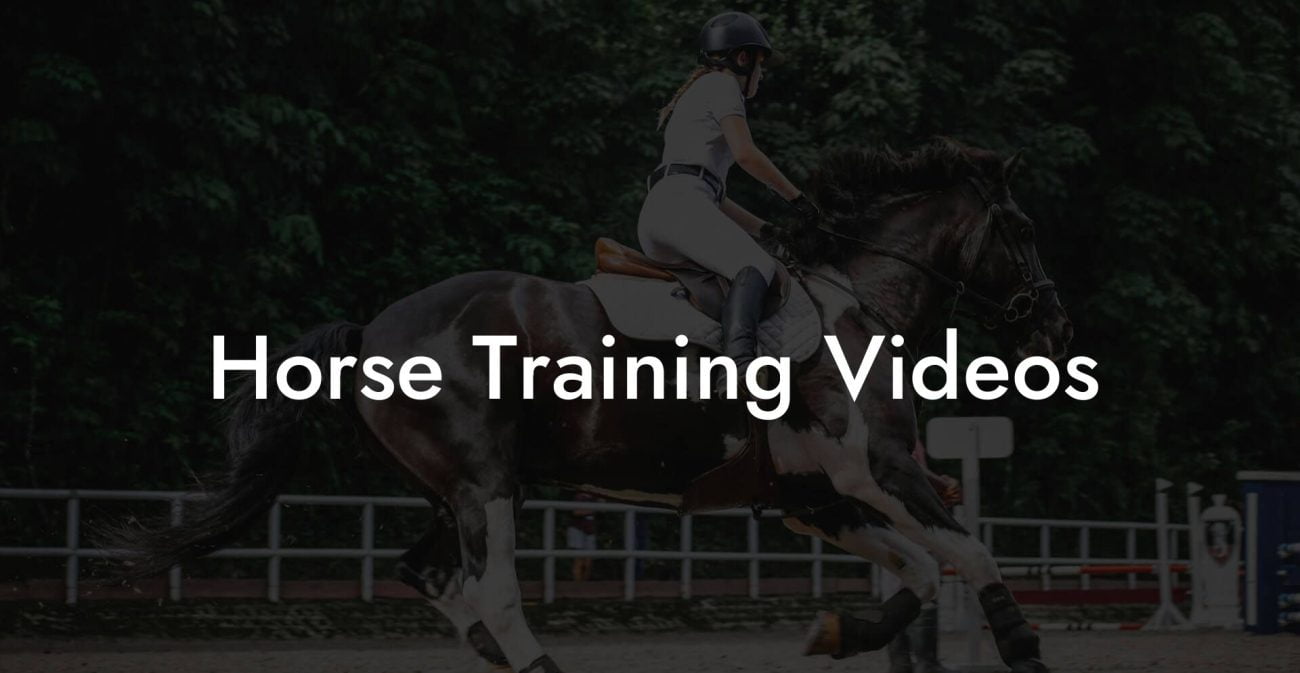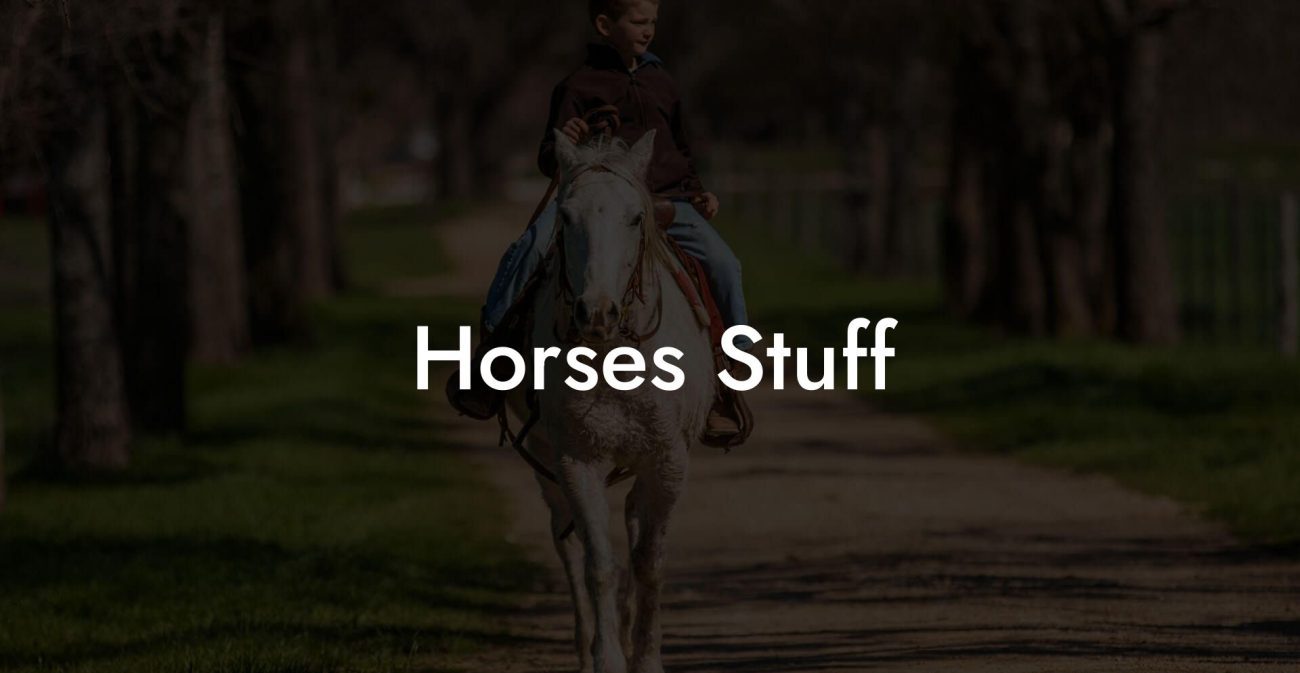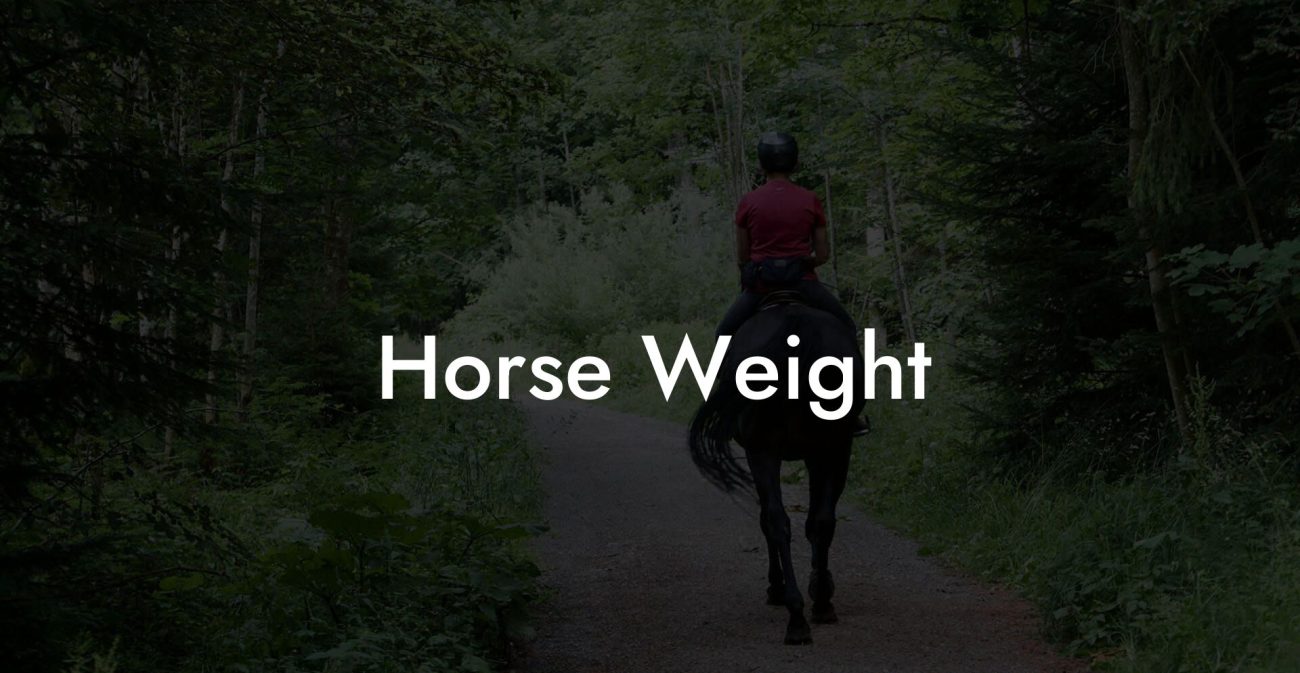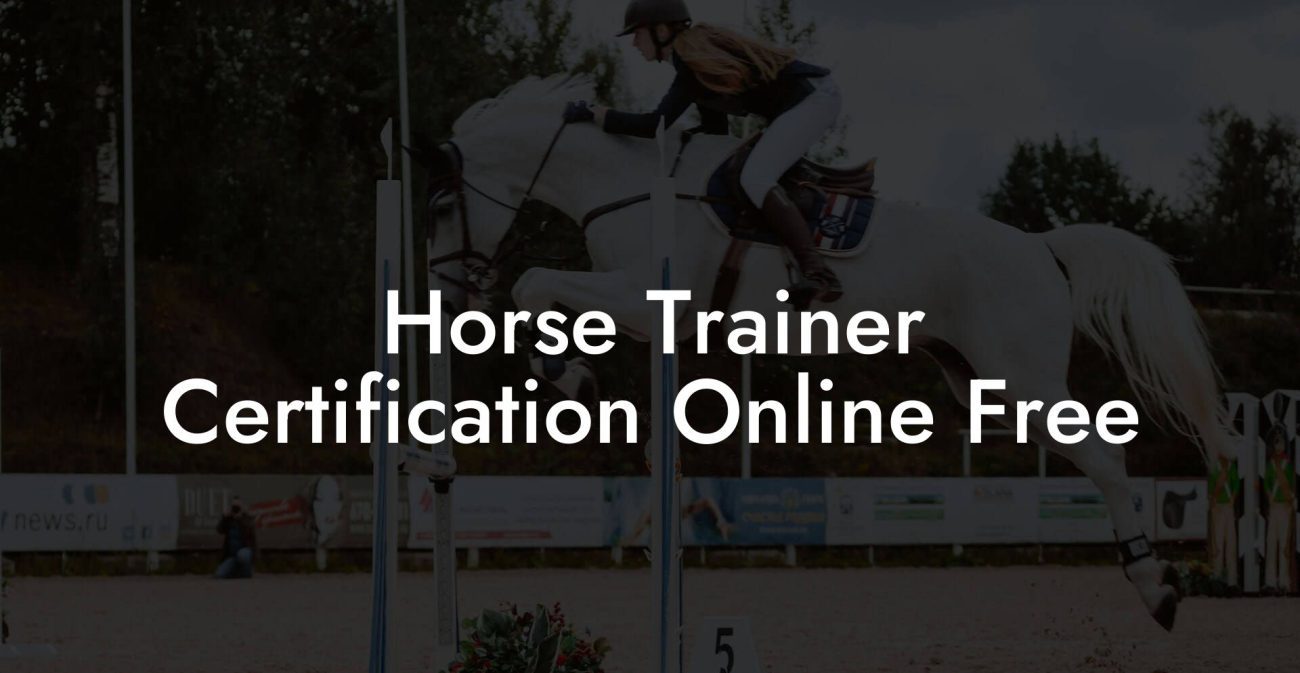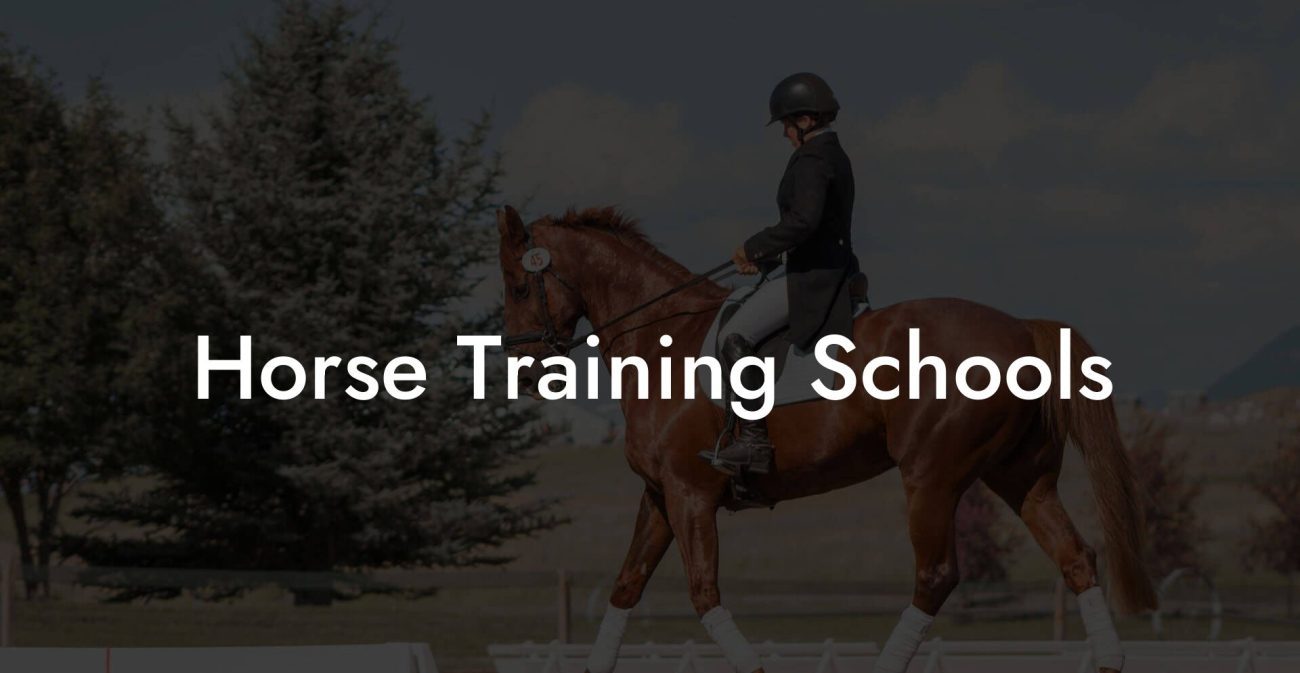There’s nothing quite like the thrill of connecting with a majestic horse or an adorable pony, a bond that feels like pure magic in a world of constant hustle and digital overload. Whether you’re a seasoned equestrian or a curious Gen-Z rider just saddling up for the first time, caring for these gentle giants is an art form that blends passion with practicality. In this guide, we’re galloping through everything you need to know about horses and ponies, from nutrition and grooming to training and stable management, with the perfect mix of expert advice, quirky humor, and actionable tips that even your TikTok feed would envy.
Quick Links to Useful Sections
- Introducing the World of Horses And Ponies
- Understanding Your Equine Companion: Horses vs. Ponies
- What Sets Them Apart?
- Feeding Your Equine Friend: Nutrition 101
- The Basics of Horse Nutrition
- The Art of Grooming: From Manes to Hooves
- Essential Grooming Tools
- Grooming Techniques and Best Practices
- Exercise, Training, and Mental Health: Keeping Your Equine Fit and Happy
- Designing an Exercise Routine
- Training Techniques: From Basics to Advanced
- Stable Management and Sustainable Practices
- Essential Elements of Stable Care
- Creating a Stimulating Stable Environment
- Health Checks, Veterinary Care, and Emergency Preparedness
- Key Health Check-Ups
- Emergency Preparedness
- Equestrian Gear and Accessories: The Modern Rider's Toolkit
- Must-Have equipment for Every Rider
- Holistic and Natural Approaches to Equine Health
- Herbal Remedies and Natural Supplements
- Acupuncture, Massage, and Equine Chiropractic Care
- Community and Resources: Your Next Steps in Equine Mastery
- Bringing It All Together: Crafting Your Personalized Equine Care Plan
- Step 1: Assess Your Current Situation
- Step 2: Set Realistic, Achievable Goals
- Step 3: Integrate Diverse Modalities
- Step 4: Stay Consistent and Adaptable
- Step 5: Engage with the Community
- FAQs on Horses And Ponies Care
- Your Journey to Masterful Equine Care Begins Today
Introducing the World of Horses And Ponies
Horses and ponies have roamed the Earth for thousands of years, playing pivotal roles in transportation, agriculture, sports, and even military history. Today, they’ve become icons of freedom, resilience, and the kind of natural beauty that no Instagram filter can replicate. But beyond the captivating aesthetics, these creatures demand a unique blend of care that respects their strength, individuality, and sometimes quirky personalities.
For modern animal enthusiasts, especially those in the Gen-Z and millennial brackets, the appeal of horses and ponies goes far beyond nostalgic country life. It’s about sustainability, ethical living, and a symbiotic relationship with nature that brightens our digital world with genuine, in-person experiences. Whether you dream of galloping at sunrise across dew-kissed fields or simply appreciate the therapeutic effect of brushing a mane, understanding the essentials of horse care is key to a long, happy partnership.
Let’s dive into the nitty-gritty of equine care, because your future best friend might just be waiting for you at the stable.
Understanding Your Equine Companion: Horses vs. Ponies
While horses and ponies share a common ancestry, the differences between them can be as intriguing as comparing a designer sneaker to a classic pair of boots. The primary difference is size: ponies are generally under 14.2 hands high, while horses stand tall above that. But that’s just the tip of the haystack.
What Sets Them Apart?
Aside from height, horses tend to have longer legs, leaner bodies, and a slightly different temperament compared to their pony cousins, who are known for their sturdy bodies and sometimes spunky or mischievous personalities. This variance means that while the basics of care overlap, the nuances in feeding, exercise, and even grooming might differ.
For instance, ponies may require more frequent dental check-ups due to their distinct jaw structure, while horses might need specialized hoof care to prevent issues from overuse. Understanding these differences early on helps tailor a care plan that not only meets but anticipates the needs unique to each creature.
Feeding Your Equine Friend: Nutrition 101
When it comes to equine nutrition, think of yourself as a personal chef for your four-legged friend, whipping up balanced meals that are as Instagram-worthy as they are healthy. Whether it’s a hearty hay breakfast or an innovative grain mix for that mid-day energy boost, proper nutrition is the backbone of a healthy, happy horse or pony.
The Basics of Horse Nutrition
At its core, a horse’s diet is built around high-quality forage such as hay and pasture grasses. For many horses, these fibrous foods are the main source of nutrition, providing essential fiber for digestive health. But if you're looking to fuel high-energy activities or competitive riding sessions, you might need to introduce grain or concentrate feed in controlled amounts.
Here’s what to keep in mind for a balanced equine diet:
- Forage First: Aim for at least 1.5% to 2% of the horse’s body weight in hay or pasture per day.
- Grain & Concentrates: Supplement with grains, but only if your horse needs extra energy. Overfeeding can lead to digestive issues.
- Clean Water: Always provide fresh, clean water. Hydration is crucial for digestion and overall health.
- Minerals & Vitamins: Ensure a balanced intake of minerals and vitamins through tailored supplements or fortified feeds.
For ponies, which have a slower metabolism, portion control is especially important. Their nutritional needs are lower compared to larger horses, so sticking to measured rations can help prevent unwanted weight gain and associated health risks.
The fusion of traditional feeding routines with modern, natural supplements ensures your equine companion is fueled for adventure, be it a serene trail ride or an energetic round at the local pony club.
The Art of Grooming: From Manes to Hooves
Grooming a horse or pony isn’t just a chore, it’s a bonding ritual that lets you connect with your animal and ensure its health and happiness. Think of it as the ultimate spa day, where every brush stroke and every hoof pick is a step toward a healthier coat, stronger muscles, and an overall satisfied mood.
Essential Grooming Tools
To keep your equine friend looking sharp, you’ll need a trusty toolkit that might include:
- Body Brush: Ideal for removing dust and loose hair.
- Curry Comb: Perfect for stimulating skin, boosting blood flow, and loosening dirt.
- Hoof Pick: A must-have for cleaning out mud, stones, or debris that can get stuck in hard-to-reach places.
- Mane and Tail Comb: Essential for detangling and keeping those luscious locks smooth.
- Sponges and Towels: Great for spot cleaning and ensuring a gentle wipe down after a muddy romp.
Routine grooming sessions are especially important before and after rides, as well as after stabling for extended periods. Not only does this practice keep dirt and debris at bay, but it also allows you to check for cuts, sores, or potential health issues.
Grooming Techniques and Best Practices
Start with a gentle brushing to remove surface dust, and then use a curry comb in small, circular motions to massage the skin, akin to giving your friend a mini massage. Follow up with a deeper brush-out of the mane and tail, taking extra time to detangle knots without causing discomfort.
Remember, grooming is an opportunity to assess overall health. Be vigilant for signs of skin irritation, uneven hair coats, or abnormal lumps that might indicate an underlying issue. Use this time to build trust and strengthen your bond, because every horse and pony deserves a spa-day after a hard day’s trot!
Exercise, Training, and Mental Health: Keeping Your Equine Fit and Happy
Just like your favorite yoga app helps you decompress after a long day, regular exercise is critical for maintaining the physical and mental health of your horse or pony. Movement keeps those muscles toned, joints agile, and spirits high.
Designing an Exercise Routine
Whether your equine companion is a seasoned racehorse or a plucky pony with a lot of attitude, personalized exercise is key. Here are some ideas to consider:
- Walking and Trotting: Ideal for warming up, cooling down, and building endurance, a simple walk or trot in a safe, enclosed space can work wonders.
- Cantering and Galloping: For those with a bit more flair, a controlled canter or gallop helps develop muscle strength and cardiovascular fitness.
- Ground Poles and Obstacles: Set up a mini agility course to challenge your horse’s balance, coordination, and mental focus.
- Trail Riding: Exploring varied terrain not only boosts fitness but also stimulates your animal’s mind through new sights, sounds, and smells.
Exercise sessions are as beneficial for mental stimulation as they are for physical conditioning. The fresh air, dynamic movement, and variety of sensory experiences contribute to a happier, less stressed horse or pony, a win-win for both of you!
Training Techniques: From Basics to Advanced
Whether you’re a beginner or a pro, training should be rooted in positive reinforcement, patience, and understanding. Start with the basics, such as leading, standing calmly, and basic commands before moving on to more advanced skills like dressage, jumping, or trail obstacles.
Modern training techniques are shifting towards a holistic model that emphasizes mental engagement alongside physical exercise. Gamification, clicker training, and other reward-based systems are becoming popular, making training sessions feel less like a chore and more like a fun challenge for both you and your equine buddy.
Remember that every animal is unique. Customizing your training style to match your horse or pony’s personality can lead to deeper trust, improved communication, and, in the best-case scenario, a viral Instagram reel or two.
Stable Management and Sustainable Practices
A healthy environment is the foundation of equine well-being. Whether you’re riding in a professional stable or managing a small hobby farm, how you set up your space has long-lasting impacts on the quality of life for your horse or pony.
Essential Elements of Stable Care
Good stable management goes beyond aesthetics, it’s about safety, sanitation, and sustainability. Key components include:
- Clean Bedding: Regularly replace bedding to keep the stable clean and reduce the risk of respiratory issues.
- Proper Ventilation: Ensure your stable is well ventilated to improve air quality and reduce moisture and mold buildup.
- Secure Fencing: Invest in quality fencing that keeps your equine friend safe while providing enough freedom to roam.
- Waste Management: Dispose of manure responsibly not only to keep your area sanitary but to use it as natural fertilizer if you’re into gardening.
- Sustainable Practices: Embrace eco-friendly techniques like solar-powered lighting, rainwater harvesting, and organic bedding materials to reduce your ecological footprint.
These stable management practices signal a commitment to the animal’s health and the environment, principles that resonate strongly with the values of modern, eco-conscious Gen-Z and millennial audiences.
Creating a Stimulating Stable Environment
Incorporate toys, obstacle courses, and companion animals to keep your equine partner mentally stimulated. Rotating access to different pastures or play areas can also help prevent boredom and reduce stress, creating an atmosphere that encourages natural behaviors and social interactions.
A well-managed stable is not just a shelter, it’s a vibrant ecosystem that nurtures both the body and the spirit of your horse or pony.
Health Checks, Veterinary Care, and Emergency Preparedness
Even the happiest, healthiest horses and ponies need regular check-ups to stay in tip-top shape. Preventative care is your best defense against potential health issues and ensures that your animal is always on the winning side of any ailment.
Key Health Check-Ups
Routine veterinary visits should include:
- Dental Exams: Equine dental care is vital for proper digestion and overall health. Regular check-ups prevent painful dental issues down the road.
- Vaccinations and Parasite Control: Ensure your animal is up-to-date with vaccines and parasite preventatives, safeguarding them against common equine illnesses and pests.
- Hoof Care: Regular farrier visits are essential to trim hooves and check for conditions like laminitis or abscesses.
- General Health Assessments: From heart rate and condition scoring to full-body exams, your vet can catch early warning signs of health issues before they become serious.
Emergency Preparedness
Accidents can happen even in the safest environments, so having an emergency action plan is crucial. Keep a well-stocked first-aid kit on hand, establish contact with a 24/7 veterinarian, and know the signs of common emergencies like colic, laminitis, or severe lameness.
Educate yourself on the basics of equine first aid and ensure everyone involved in caretaking knows how to respond swiftly and effectively. Being proactive can make all the difference when an emergency strikes.
Consistent health monitoring not only saves your horse’s or pony’s life, it gives you peace of mind that your beloved companion is getting the very best chance at a long, vibrant life.
Equestrian Gear and Accessories: The Modern Rider's Toolkit
In today’s digital age, even the world of equine care has seen a tech-savvy transformation. From smart grooming tools to high-performance riding apparel, the market is overflowing with innovative gear designed for convenience, safety, and style.
Must-Have equipment for Every Rider
Here’s a quick rundown of essential gear:
- Riding Apparel: Invest in breathable, moisture-wicking clothing that offers both style and functionality, think modern, edgy designs that make you feel like the equestrian rockstar you are.
- Boots and Helmets: Safety first! High-quality riding boots and helmets that meet current safety standards protect you on every ride.
- Saddles and Bridles: A comfortable, well-fitted saddle and bridle are keys to a smooth ride. Explore options that cater to different riding styles, whether you’re into Western or English disciplines.
- Tech Gadgets: From smart sensors that track your horse’s vital stats to GPS devices for trail navigation, modern technology is transforming equine care into a seamless blend of tradition and innovation.
Modern gear not only enhances performance and comfort but also reflects your personal style. Each piece is designed to improve communication with your equine partner, making riding a truly synchronized art form.
Holistic and Natural Approaches to Equine Health
In a world where wellness trends are as popular as memes, it’s no surprise that many riders are turning to holistic and natural methods to maintain their horse’s or pony’s optimal health. Emphasizing balance, prevention, and natural remedies, these approaches complement conventional care with techniques that nurture the body and soothe the spirit.
Herbal Remedies and Natural Supplements
Many horses benefit from herbal remedies, think garlic for immune support or flaxseed for a shiny coat. Natural supplements may include essential vitamins, minerals, and probiotics that support digestive health. Always consult your veterinarian before introducing new supplements, ensuring they align with your animal’s unique needs.
Acupuncture, Massage, and Equine Chiropractic Care
Holistic therapies such as acupuncture, regular equine massage, and chiropractic adjustments are gaining traction. These treatments can alleviate muscle tension, improve circulation, and promote overall physical harmony, practices that not only cater to your horse’s physical form but also contribute to emotional balance.
Integrating these natural practices into your routine offers a well-rounded approach to equine health by combining modern science with time-tested traditions.
Community and Resources: Your Next Steps in Equine Mastery
The equestrian world is surprisingly vast and welcoming, a true community where every rider, whether a fresh-faced novice or a seasoned pro, can find support and inspiration. Online forums, local riding clubs, social media groups, and hands-on clinics all offer opportunities to share experiences, gain knowledge, and build lasting friendships.
If you’re ready to embark on, or deepen, your journey in equine care, start by following influential equestrians on social media platforms like Instagram, TikTok, and YouTube. Explore virtual webinars and local workshops that break down everything from advanced grooming techniques to sustainable stable management. These resources provide invaluable insights that can help you take your horse or pony care game to the next level.
Join the conversation, ask questions, and share your experiences. The equestrian community is all about collaboration, because when we come together, every ride feels like a shared victory.
Ready to take the reins? There’s a whole world of equine knowledge waiting for you, and every piece of advice is a stepping stone toward a deeper, more fulfilling bond with your noble companion.
Bringing It All Together: Crafting Your Personalized Equine Care Plan
The journey toward mastering horse and pony care is as unique as the animals themselves. It begins with understanding the basics, from nutrition and grooming to exercise and holistic health, and then evolves into a personalized plan that reflects your lifestyle, values, and aspirations.
Step 1: Assess Your Current Situation
Evaluate your current level of knowledge and the specific needs of your horse or pony. Consider factors such as diet, exercise regimen, grooming frequency, and health check-ups. This baseline assessment is critical for developing a plan that addresses both strengths and areas for improvement.
Step 2: Set Realistic, Achievable Goals
Whether it’s improving your stable management skills, enhancing your animal’s fitness, or exploring natural therapies, setting clear goals helps keep you motivated and on track. Define what success looks like for you and create a timeline for gradual implementation.
Step 3: Integrate Diverse Modalities
An effective equine care plan isn’t one-dimensional. Combine nutritional strategies, regular exercise, modern technology, and holistic therapies to build a program that nurtures every aspect of your horse’s or pony’s health.
Step 4: Stay Consistent and Adaptable
Consistency is the secret sauce in equine care. Develop a daily or weekly routine that includes feeding, grooming, training, and health checks, but remain flexible. Monitor progress and be open to adjusting your plan as circumstances evolve.
Step 5: Engage with the Community
Finally, never underestimate the power of community support. Share your successes and setbacks with fellow riders, seek advice from experienced equestrians, and remain inspired by the broader equine network. Your journey is part of a larger tapestry that celebrates passion, dedication, and the thrill of sharing life with these magnificent creatures.
Combining these steps into a personalized equine care plan will not only ensure the long-term health and happiness of your horse or pony, it will also deepen your appreciation for the intricate, rewarding world of equestrian living.
FAQs on Horses And Ponies Care
Here are some frequently asked questions that tackle common concerns and curiosity areas regarding horse and pony care:
1. What is the most important aspect of feeding my horse or pony?
A balanced diet founded on quality forage (hay and pasture) is crucial, complemented by the right mix of grains, minerals, and vitamins tailored to your animal's energy needs and metabolism.
2. How often should I groom my horse or pony?
Grooming should ideally be a daily routine to remove dust, dirt, and debris. Regular grooming not only keeps your horse’s coat healthy but also gives you an opportunity to check for cuts or signs of skin irritations.
3. What are the key differences between horses and ponies in terms of care?
While both require similar basic care, ponies generally need smaller quantities of food due to their slower metabolism, and may require more frequent dental and hoof care to maintain optimal health.
4. Can I rely on holistic therapies for my horse’s overall health?
Holistic therapies such as acupuncture, massage, and herbal supplements can complement conventional veterinary care. It is important to consult with a professional before integrating any new treatments into your routine.
5. How can I ensure my stable environment is safe and comfortable?
Good stable management includes regular cleaning, proper bedding, and secure fencing. Ensuring your stable has adequate ventilation and sustainable features will greatly benefit your horse or pony’s wellbeing.
6. What are the benefits of using modern technology in equine care?
Modern technology, including smart sensors, GPS trackers, and digital monitoring tools, provides real-time insights into your animal’s health and performance, making it easier to adjust care routines and detect early signs of issues.
7. How involved should I get in my horse's training?
Active involvement is key! Establishing a routine that balances positive reinforcement with structured exercises not only improves your horse’s or pony’s skills but deepens the trust and bond between you both.
8. Are there online communities where I can learn more about equine care?
Yes! Platforms like Facebook groups, Instagram accounts, TikTok channels, and specialized equestrian forums offer a wealth of knowledge, advice, and support from fellow enthusiasts and professionals.
9. How frequently should I schedule veterinary check-ups?
Routine veterinary visits are recommended at least once or twice a year, depending on your horse’s or pony’s age, activity level, and overall health. More frequent check-ups may be necessary if your animal has pre-existing or chronic issues.
10. What steps should I take in an emergency with my horse or pony?
In the event of an emergency, have a well-stocked first-aid kit ready, know the signs of critical issues like colic or laminitis, and contact a veterinarian immediately. Familiarize yourself with basic first aid training tailored to equine care.
Your Journey to Masterful Equine Care Begins Today
Taking care of horses and ponies is not just a duty, it’s a captivating journey filled with passion, innovation, and a deep connection to nature. By embracing both time-honored traditions and cutting-edge practices, you’re setting the stage for a future where equine care is as much an art as it is a science.
Whether you’re perfecting your grooming technique, pioneering sustainable stable management, or simply reveling in the joy of each ride, every step you take is a testament to your dedication and the timeless bond between humans and these magnificent creatures.
As you dive deeper into the world of horse and pony care, remember that every rider’s journey is unique. Use the resources, community support, and expert advice available to craft a lifestyle that honors not just the physical needs of your companion, but also the spirit of adventure and connection that defines modern equestrian living.
Your passion for horses and ponies is a gateway to a life filled with wonder, vitality, and endless discovery. So, saddle up, keep your eyes on the horizon, and let every sunrise remind you that the adventure is just beginning.
Here’s to lifelong learning, glorious rides, and the remarkable bond that only equine care can foster, cheers to your journey of masterful equine care!


